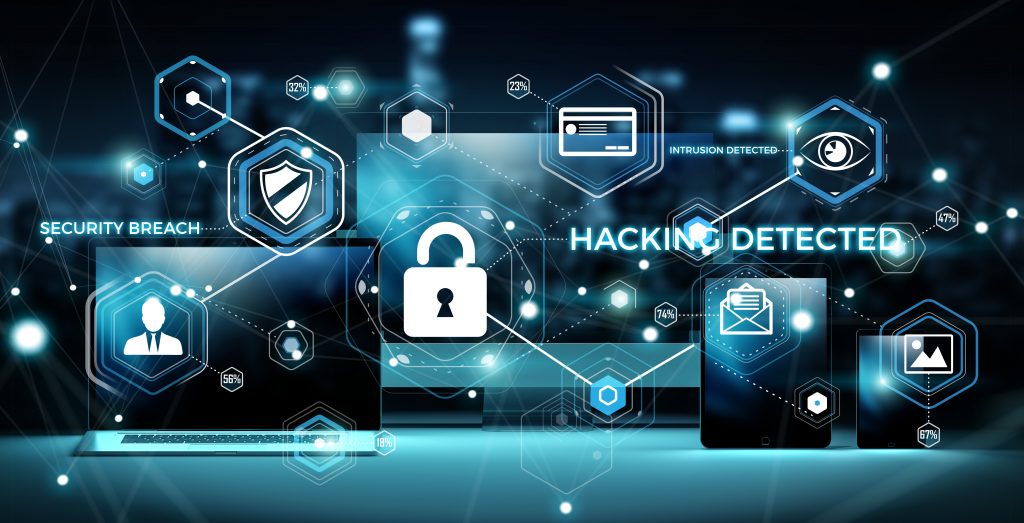Blog
Top 10 Cybersecurity Tips to protect Small Businesses

The threat of cyber-attacks and security breaches has always been a concern for business owners. With more people working from home than ever before, the threat has become even more significant and has left many business owners wondering how to best protect their company. Today, organizations utilize numerous cybersecurity products and services to reduce the attack surface, stop known threats, and improve recovery speed. However, most of these defenses are standalone and too slow to catch modern-day attacks until after the payload is delivered. Additionally, hackers are relying more on “living-off the-land” strategies: leveraging existing IT technologies and user accounts for malicious purposes. As a result, detecting and analyzing hacker tradecraft often takes significant time and technical expertise.
The Pegasus SNAP-Defense security operations and incident response platform is a gamechanger. SNAP-Defense excels at monitoring and catching modern hacking tradecraft, delivering real-time alerts, and allowing for immediate threat response.
The US Chamber of Commerce shares these tips:
Train employees in security principles.
Establish basic security practices and policies for employees, such as requiring strong passwords and establish appropriate Internet use guidelines, that detail penalties for violating company cybersecurity policies. Establish rules of behavior describing how to handle and protect customer information and other vital data.
Protect information, computers, and networks from cyber-attacks.
Keep clean machines: having the latest security software, web browser, and operating system are the best defenses against viruses, malware, and other online threats. Set antivirus software to run a scan after each update. Additionally, Install other key software updates as soon as they are available.
Provide firewall security for your Internet connection.
A firewall is a set of related programs that prevent outsiders from accessing data on a private network. Make sure the operating system’s firewall is enabled or install free firewall software available online. If employees work from home, ensure that their home system is protected by a firewall.
Create a mobile device action plan.
Mobile devices can create significant security and management challenges, especially if they hold confidential information or can access the corporate network. Require users to password-protect their devices, encrypt their data, and install security apps to prevent criminals from stealing information while the phone is on public networks. Be sure to set reporting procedures for lost or stolen equipment.
Make backup copies of important business data and information.
Regularly backup the data on all computers. Critical data includes word processing documents, electronic spreadsheets, databases, financial files, human resources files, and accounts receivable/payable files. Backup data automatically if possible, or at least weekly and store the copies either offsite or in the cloud.
Control physical access to your computers and create user accounts for each employee.
Prevent access or use of business computers by unauthorized individuals. Laptops are easy targets for theft and can be lost, so lock them up when unattended. Make sure a separate user account is created for each employee and require strong passwords. Administrative privileges should only be given to trusted IT staff and key personnel.
Secure your Wi-Fi networks.
If you have a Wi-Fi network for your workplace, make sure it is secure, encrypted, and hidden. To hide your Wi-Fi network, set up your wireless access point or router so it does not broadcast the network name, known as the Service Set Identifier (SSID). Password protect access to the router.
Employ best practices on payment cards.
Work with banks or processors to ensure that the most trusted and validated tools as well as anti-fraud services are being used. Also, you may have additional security obligations pursuant to agreements with your bank or processor. Isolate payment systems from other, less secure programs and don’t use the same computer to process payments and surf the Internet.
Limit employee access to data and information, and limit authority to install software.
Do not provide any one employee with access to all data systems. Employees should only have access to the specific data systems that they need for their jobs. They should not be able to install any software without permission.
Passwords and authentication.
Require employees to use unique passwords and change passwords every three months. Consider implementing multifactor authentication that requires additional information beyond a password to gain entry. Check with your vendors that handle sensitive data, especially financial institutions, to see if they offer multifactor authentication for your account.
The FCC’s Cybersecurity Hub has more information, including links to free and low-cost security tools. Create your free small business cybersecurity planning guide here.
